Award winning dermatology service, with over 20 years on experience
Short waiting lists, on some occasions offering same week appointments
Safe environment, in Care Quality Commission approved facilities
Freckles & Solar Lentigos Treatments Include:
FRECKLE & solar lentigo treatment IN Shrewsbury, Shropshire
Freckles and lentigos are small pigmented areas on the face that are a result of pigment cell collections in the deeper layers of the epidermis. As they are superficial (in the context of the thickness of the skin) they can be easily improved or removed by laser treatment.
The main difference between a freckle and a solar lentigo is that for a freckle, only the amount of pigment being produced by melanocytes is increased, rather than the actual number of cells. The word lentigo simply describes a patch of skin that contains a higher density of cells called melanocytes which produce a dark pigment called melanin. There are many different types of lentigo, but the commonest are caused by the sun – solar lentigos.
Alternative names: Liver spot, old age spot, senile freckle, sun spots (singular: lentigo)
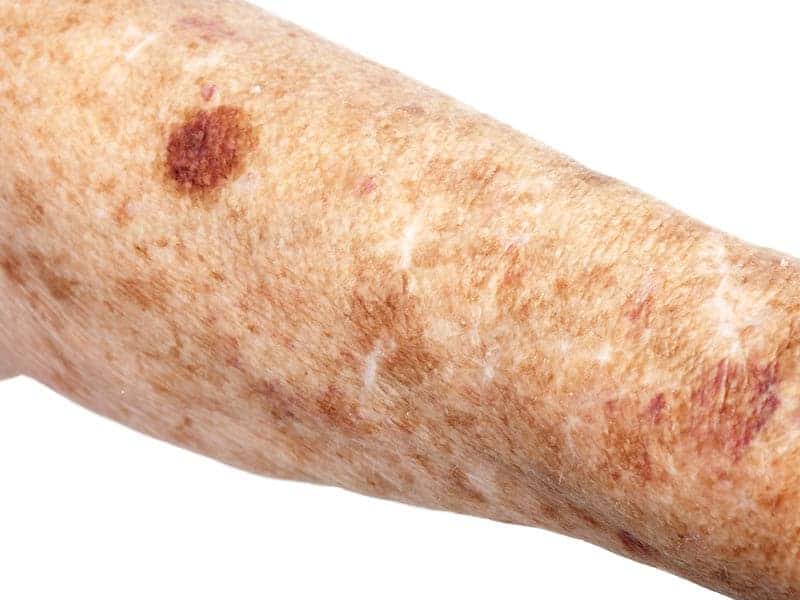
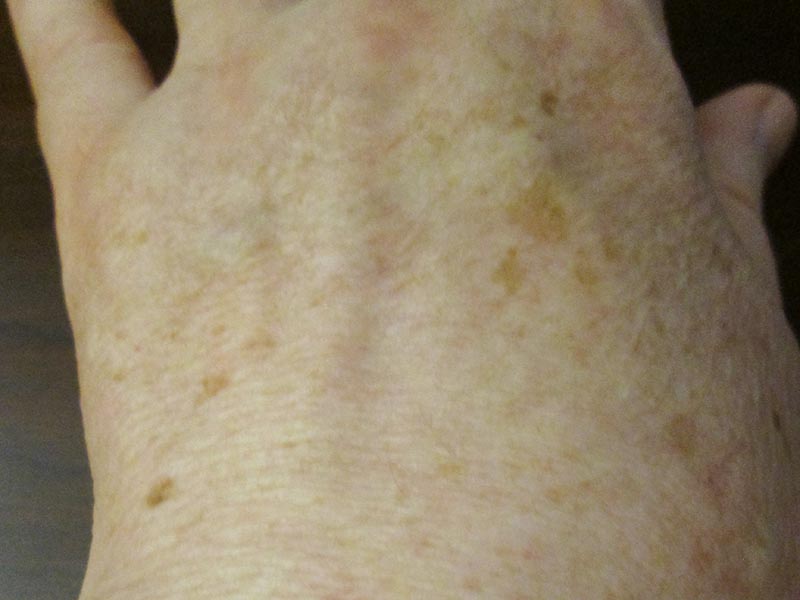
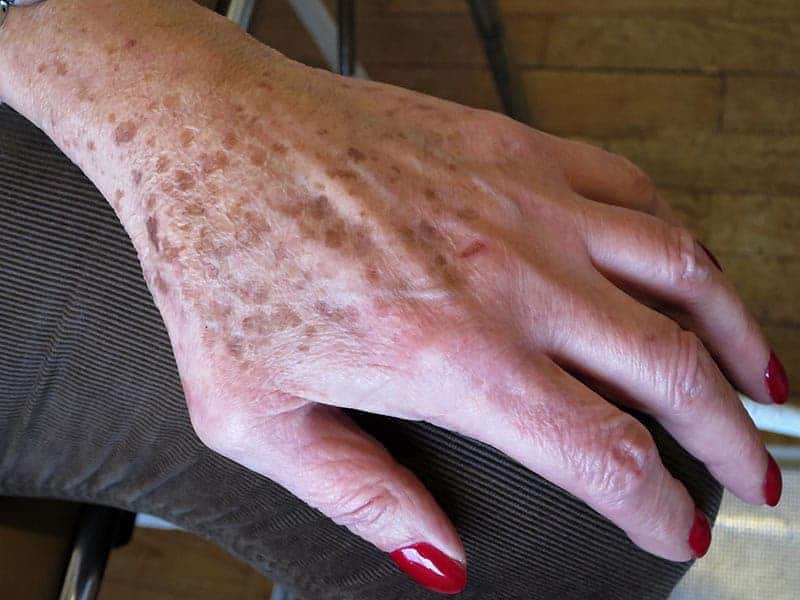
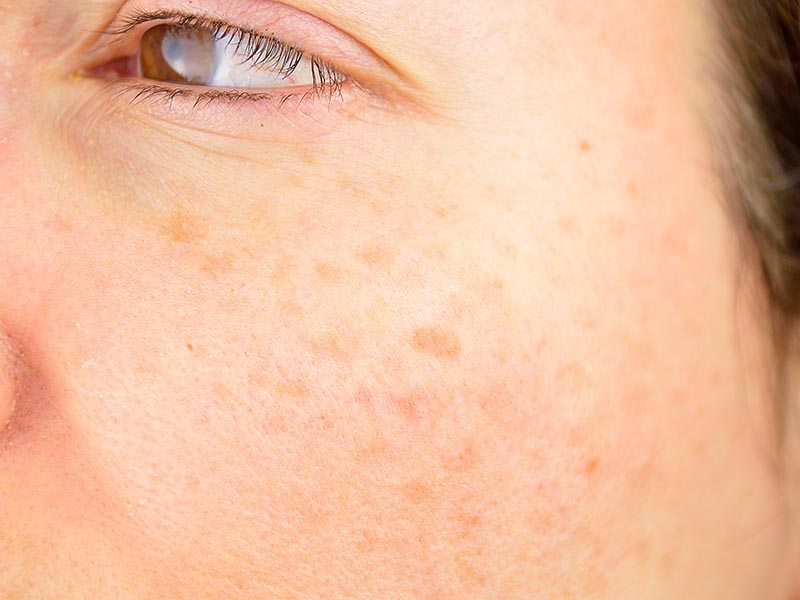
WHAT CAUSES FRECKLES AND SOLAR LENTIGOS?
These are non-cancerous brown spots which are thought to develop in response to sun-exposure, especially in those with fairer skin. They can appear anywhere but tend to form on the face, neck, shoulders and forearms (areas usually most exposed to sun). Unlike freckles they usually appear after the age of 30.
WHAT ARE THE SYMPTOMS OF FRECKLES AND SOLAR LENTIGOS?
Solar lentigos are flat spots which vary in colour from yellow-brown to dark brown-black, depending on skin tone. They are generally much larger than freckles being >5mm in width. The number and size of solar lentigos often increases with age, and, in comparison to freckles, they do not fade much during the winter months.
Freckles and solar lentigos are harmless, but it is important to recognise certain differences between these and early malignant melanoma (a type of skin cancer). If a brown spot with an irregular border or multiple colours has appeared recently, or if you have any doubts, please speak to us immediately.
Stratum Clinics offers a Skin Cancer Screening and Mole Checking service at all of our clinics. Speak to the team to find out more.
Adopting good sun-protection habits is the best way to prevent freckles and solar lentigines from developing or worsening. Cover up, especially between peak times from 11-4pm during hot days and wear sunscreen on exposed sites. Consider wearing clothing designed to provide sun protection and wear a broad-spectrum sunscreen with a strong SPF and apply as advised by the manufacturer.
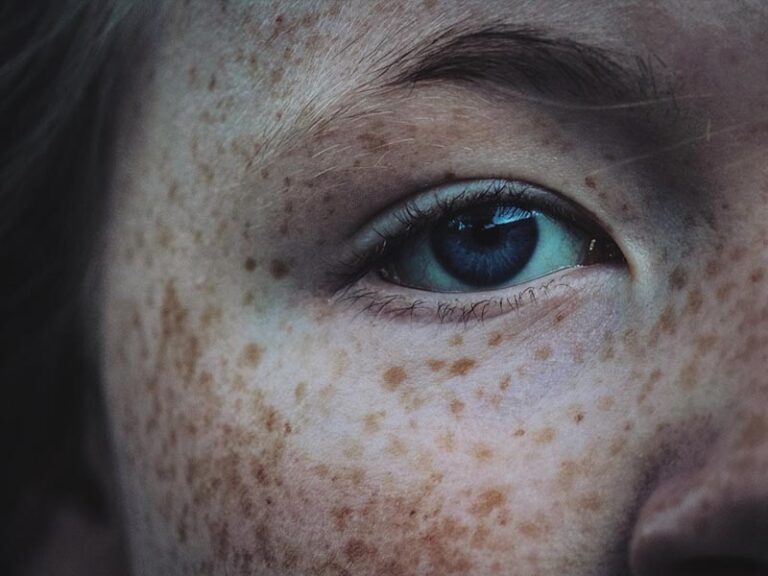
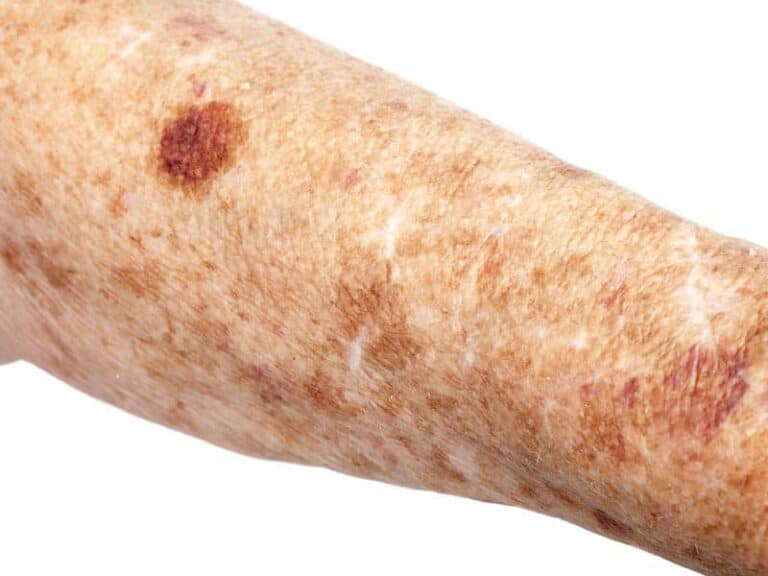
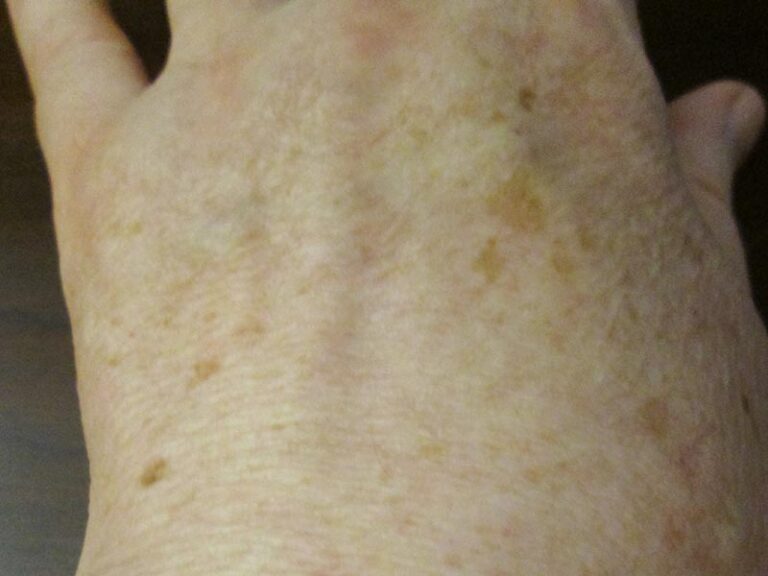
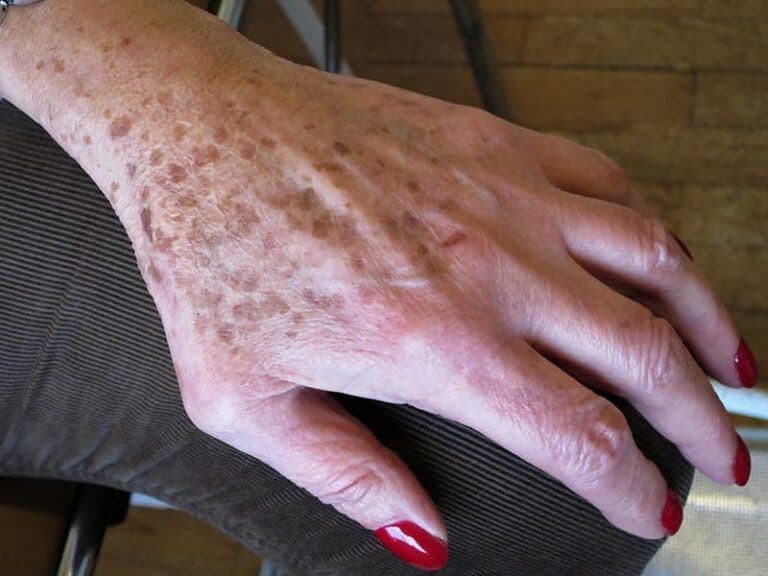
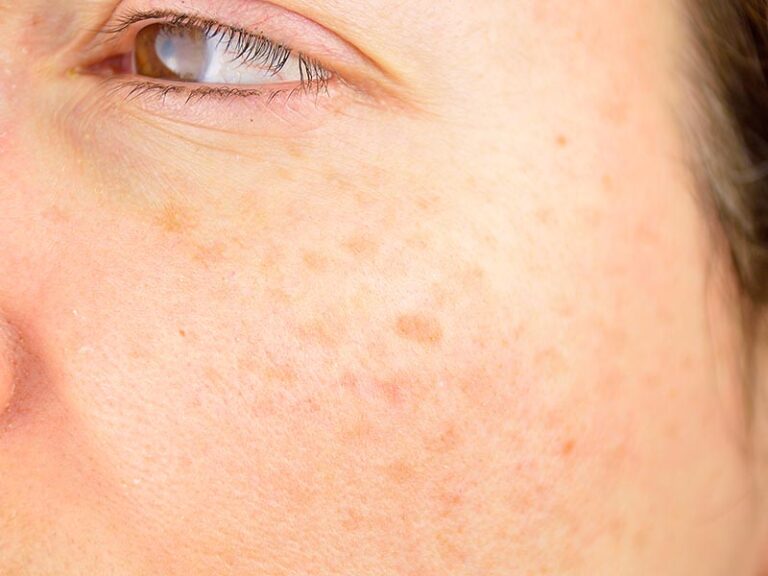
HOW CAN FRECKLES AND SOLAR LENTIGOS BE TREATED?
For patients who already have a large number of freckles and solar lentigos, there are treatments available to reduce their appearance. The aesthetic outcome of these therapies varies from person-to-person and during your consultation the treatment options and their outcomes will be discussed with you.
CHEMICAL PEEL
Chemical peels are also a common treatment for those suffering from skin issues due to increased number of freckles or solar lentigos. This form of treatment utilises a chemical agent, applied to the problem area, which causes the skin to dry and then peel off. It can improve wrinkles, age spots, fine lines and uneven pigmentation. Chemical peels also aid in improving overall skin texture and tone, making this a successful option in reducing the appearance of freckles and solar lentigos. The benefits of these treatments over time become more apparent as new intense pulsed light treatments have been developed that allow for precise targeting resulting in minimal discomfort and faster recovery times compared to traditional laser treatments.
LASER TREATMENT
When it comes to treating either freckles or solar lentigo, lasers and intense pulsed light (IPL) are two common treatment options. Lasers deliver high-energy beams of light that can uniquely target different types of tissue in the skin, while IPL systems have the ability to emit hundreds of different wavelengths, each filtered according to their ability to affect particular skin conditions. For both procedures, heat damage occurs within the affected areas, leading to reduced unwanted symptoms such as darker pigmentation.
FREQUENTLY ASKED QUESTIONS
ARE FRECKLES DANGEROUS?
Though freckles and solar lentigines may be mistaken for malignant melanoma, they do not themselves turn into cancer, and thus are benign. However, some people find them cosmetically unappealing, especially on the face.
WHAT CAUSES FRECKLES TO SUDDENLY APPEAR?
The exposure to UV-B radiation activates melanocytes to increase melanin production, which can cause freckles to become darker and more visible. Freckles are therefore more visible following exposure to sunlight.
CAN FRECKLES TURN INTO MOLES?
No, freckles can’t turn into moles. Freckles appear due to sun exposure or genetics, whereas moles appear after the skin cells develop into a cluster instead of spreading out on the skin.
WHAT AGE DO FRECKLES MOST COMMONLY APPEAR?
The average age that children develop freckles is between 2 and 4 years old.
ARE FRECKLES A SIGN OF SUN DAMAGE?
Freckles actually act like sun cream and are a natural way for the skin to block dangerous UV rays from penetrating the deeper layers of skin. They aren’t a sign of sun damage but actually protect areas of the skin that are particularly sensitive to UV light.
REQUEST A CALL BACK
Please fill in this form and one of our team will give you a call back to arrange a consultation with one of our expert dermatologists.
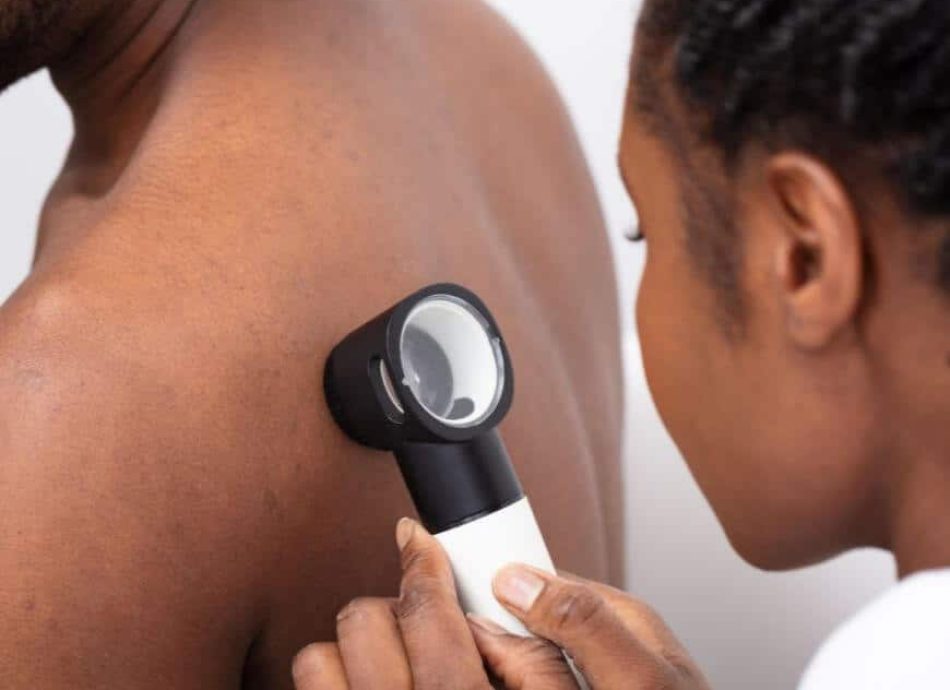
HEAR FROM OUR PATIENTS
WHY TREAT YOUR FRECKLES & SOLAR LENTIGOS At St Michael's Clinic?
At St Michael’s Clinic, we have a team of highly trained Consultant dermatologists, who have completed specialist training in Dermatology and are on the specialist register of the General Medical Council. All our consultants hold substantive contracts with the best Dermatology centres in leading NHS hospitals. Therefore, you can be certain of the highest quality private care.
We offer a range of treatments and can offer one, or a combination of treatments to achieve the best results. Unlike many other clinics, we can offer diagnosis and treatment all under one roof by expert consultant dermatologist, so you know you’ll be in safe hands.




